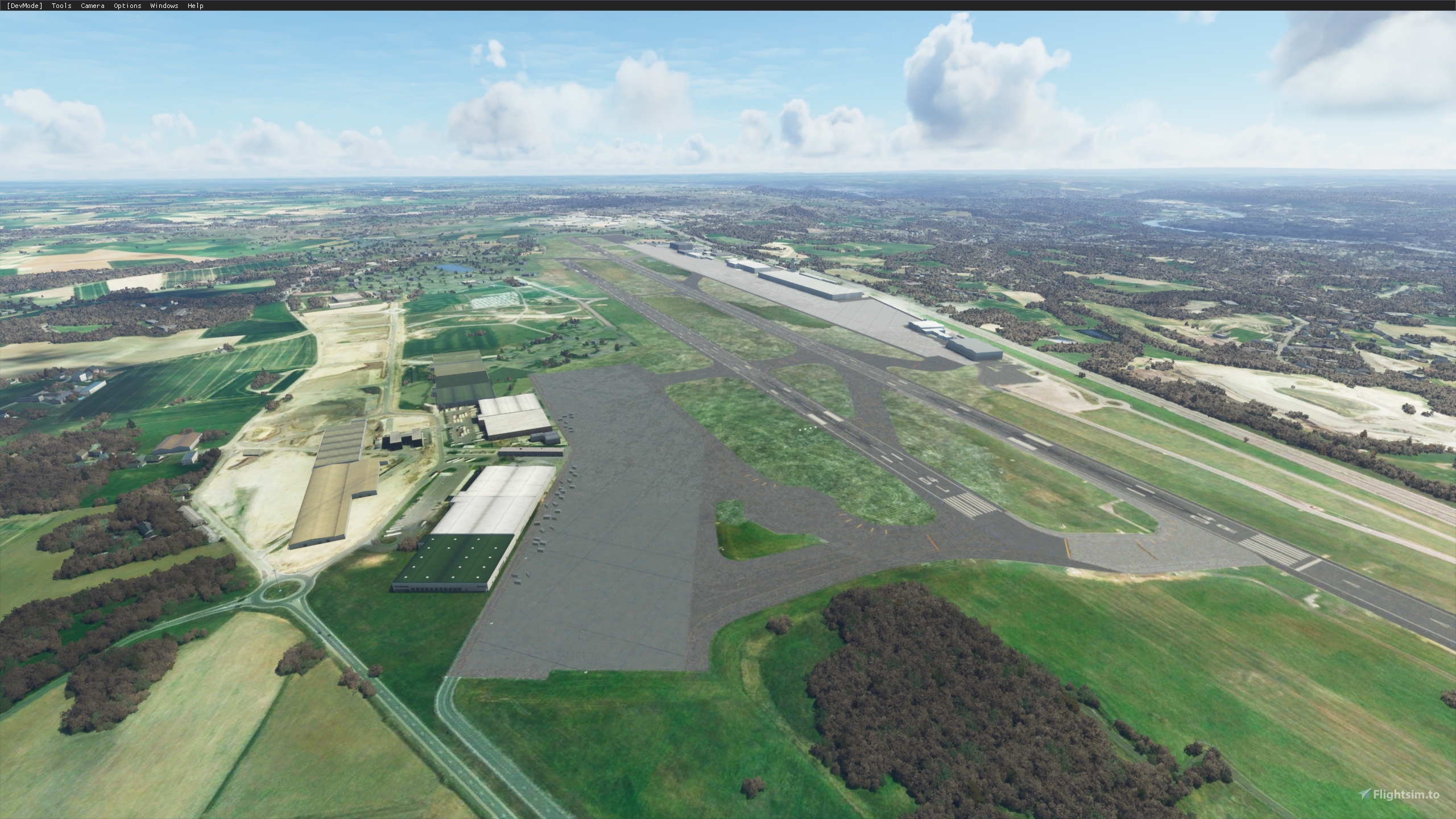

The Solution to Manufacturing Challenges: SASE Firsthand Perspectives from 5 Manufacturing IT Leaders about their SASE Experience | Download the eBook All these users need secure, high-performance local, remote and global access to enable the business to run, which is hard to deliver over MPLS. Global disconnect - Most manufacturers have global operations, with their HQ, production, engineering, suppliers and sales dispersed across the globe. This becomes even more challenging when integrating technology from acquisitions. And while some may deploy SD-WAN to overcome this, it is not suitable for global use cases, something the industry demands.Ĭloud Performance - MPLS makes connecting directly to 3rd party SaaS applications impossible for 2 key reasons: MPLS is a point-to-point technology, whereas SaaS traffic flows between cloud providers, so it is not feasible for cloud use and, SaaS apps like Microsoft 365, FactoryTalk, SAP and others, require high-performance internet access, and this is something MPLS does not provide.Ĭomplicated tool management - Maintaining and monitoring multiple MPLS connections, telecom vendors, and legacy tools is extremely complicated, frustrating and prone to errors. Additionally, global expansion is a major challenge due to the cost and complexity of turning up new sites, especially in locations where MPLS is not easy for carriers to offer and support. This is something that MPLS does not provide because it cannot support the cloud evolution that the manufacturing industry is experiencing. Lack of flexible, scalable and reliable architectures - Manufacturers require a flexible, scalable and reliable architecture that can easily and cost-effectively scale as the business grows. Additionally, lacking proper visibility and control of all traffic flows makes it virtually impossible to have a rapid response and remediation of threats to the environment. Their legacy architecture makes it difficult to remain current on software patches and fixes, and this exposes them to increased risk of security breaches. Legacy manufacturing systems were not designed to defend against modern-day cyber attacks. These include:Ĭybersecurity vulnerabilities - The manufacturing industry is especially vulnerable to cyberattacks. Manufacturing Digital Transformation Challengesĭigital Transformation introduces a number of challenges to the manufacturing industry. While we see these operations evolving into smart factories, the industry still faces challenges that could adversely impact its ability to realize the full potential of Industry 4.0.

SASE in Manufacturing: Overcoming Security and Connectivity Challenges Industry 4.0 is revolutionizing the manufacturing industry as we are witnessing numerous innovative technologies such as AI, IoT, and Robotic Process Automation (RPA) helping manufacturers enhance their supply chain, logistics and production lines.


 0 kommentar(er)
0 kommentar(er)
